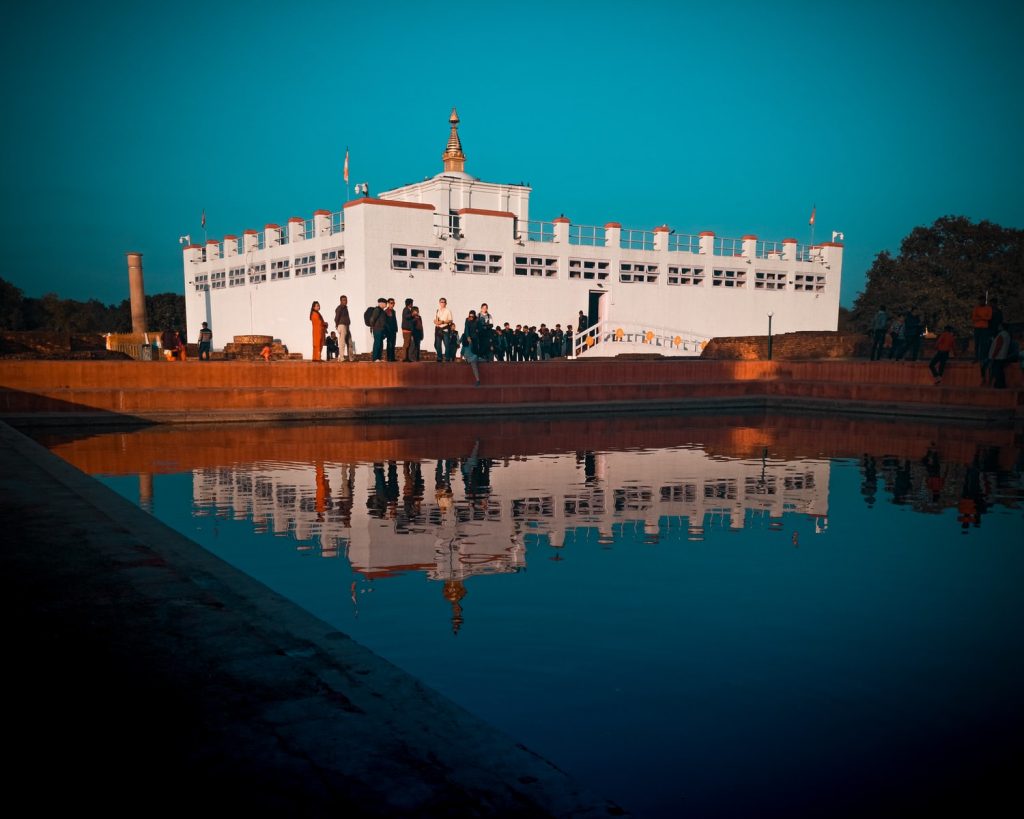8 Day(s) 7 Night(s)
Destination: Sarnath
Lord Buddha’s First Sermon
Lord Buddha reached Sarnath after attaining enlightenment in Bodhgaya. He preached his first sermon sanctified as Dharma Chakra Pravartan or the Wheel of Dharma sutta at Sarnath deer park. At Sarnath Buddha explained the meaning of the “Middle Path” to his first five disciples. According to Buddhist lore, these five men were Buddha’s companions in penance before he left for Bodhgaya. Buddha explained to them that he had given up the extreme self-indulgence as well as self-denial to follow the Middle path henceforth.
Mrigadaya, a place where herds of deer roam freely, Isipatana, a place where holy men descended on earth are also names of Sarnath.
Ashoka, the great Mauryan emperor of India, who lived about 200 years after Buddha, and was a follower of Buddhism, erected several monuments in Sarnath. Sarnath flourished for centuries as a site of education and religious importance. Chinese traveler Fa Xian, visited Sarnath in the 5th century, during the reign of Gupta emperor Chandragupta. He writes in his chronicles that the place had four magnificent stupas and several monasteries for Buddhist scholars. In the 7th century, another Chinese traveler Xuan Zang visited Sarnath. Evidently he found 3,000 Buddhist monks living there. Turk invaders attacked and razed Sarnath in the 12th century. Since, the 11th Jain Tirthankara was born near Sarnath at Singhpur village, so Jains also consider Sarnath holy.
Today, we find pilgrims from across the world throng the brick-lined, meandering paths between lush green lawns and the many monuments. During Buddha Purnima, Sarnath becomes a bustling hub of festivities, attracting thousands of Buddhist devotees.
Places to see in Sarnath
Dhamek Stupa
The most prominent structure is the Dhamek Stups, made of red bricks and stones. Standing 43.6 m tall with a diameter of 28 m, built in 500 AD to replace an earlier structure commissioned by Mauryan king Ashoka in 249 BC. Built several times over, the stupa marks the spot in the deer park where Lord Buddha gave his first sermon. Its lower part covered with exquisitely carved figures of humans and birds, as well as inscriptions in the Brahmi script of Gupta origin.
Ashoka Pillar
Near the Dhamek Stupa, stands the stump of the Ashoka Pillar. It was built-in 3rd century and engraved with an edict. It was once 15 m tall and topped by the famous four-lion capital, which is the National Emblem of India. The lion capital, symbolizes both Ashoka’s imperial rule and the kingship of Buddha. It is in the Sarnath museum.
Chaukhandi Stupa
It marks the spot where Lord Buddha met his five followers. Interestingly, the stupa built in India during a period when the rulers were not followers of Buddhism. Unique structural features, rich history, footfalls of devotees, all make the stupa a place of religious significance.
Mulagandha Kuti Vihar
The original Mulagandha Kuti temple is now in ruins but known to have been a magnificent brick structure built at the spot where, according to Buddhist scriptures, Buddha meditated during the rainy season. The Mahabodhi Society built a beautiful turreted temple in 1931 known as Mulagandha Kuti Vihar today. Famous Japanese painter Kosetsu Nosu created rich repository of life-like frescoes. At Mulagandha Kuti Vihar Buddha’s first sermon is chanted daily. A bodhi tree just outside transplanted in 1931 from the tree in Anuradhapura in Sri Lanka, which in turn is the offspring of the original tree under which Lord Buddha attained enlightenment in Bodhgaya.
Sarnath ASI Museum
This regal museum set in a sprawling compound completed in 1910. It resembles a Buddhist monastery as it houses a wealth of Buddhist artifacts.
International Buddhist Temples
Sarnath also has a host of magnificent temples built by devotees from several countries. These include a Thai temple, a Burmese Temple, a Japanese temple, and a Chinese temple.
Buddha Purnima in Sarnath
Buddha Purnima is celebrated to mark the birth, enlightenment, and mahaparinirvana of Gautam Buddha. Celebrations are held every year and pilgrims from around the world throng Sarnath. The festival is called Buddha Purnima as it falls on the full moon (Poornima) night. In the evening, lamps are lit at the Bodhi Tree, and other significant places. People light diyas around the Bodhi tree and offer water to its root. After this, people listen story and sermons on the life of Lord Buddha. Monks recite the Buddhist scriptures and practice intense meditation. People also take part in the social welfare services, like giving alms to poor. With vegetarian delicacies, hymns, and offerings such as candles, flowers, and incense; the auspicious day of Buddha Purnima is celebrated with great fervor.





